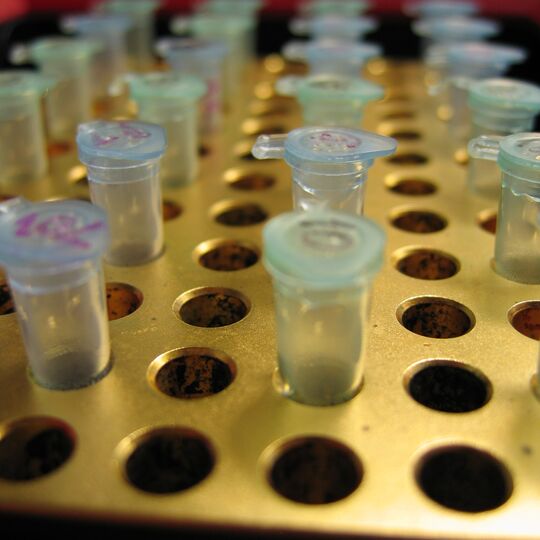
Germany—Powerhouse of Innovation
Germany is quickly rising as the leader of innovative breakthroughs in Europe, according to the Frankfurt-based magazine Deutschland (December-January).
Consider the medical field: A new X-ray system developed by Siemens has been described by doctors all over the world as a milestone. Linde has developed medical gasses to deliver medication even more rapidly than an injection. Siemens has developed a card called Quicklab that integrates “an entire biological laboratory in the card.” Rather than waiting two days for medical lab results, results take about an hour, a breakthrough that is said will save lives. Otto Bock has even developed an artificial leg that will allow an amputee to ride a bicycle.
On the automotive front, the Technical University in Aachen made the first hybrid propulsion unit in 1973, and Audi was the first European car maker to produce a hybrid series; more hybrid vehicles are on the way. New vehicles from DaimlerChrysler contain safety systems that electrically tighten seat belts, pump up air cushions in the seats and move the passenger seat into an upright position when sensors detect either a strong braking maneuver or that the vehicle is rolling over. Continental has developed radar technology that automatically regulates speed and distance between your car and the car in front of you from a walking pace up to 200 kilometres per hour. New electronic brake systems from Siemens promise that cars will be able to stop much faster by 2010. The Electronic Stability Program from Bosch uses sensors to detect a skidding car and put it back on course by braking wheels individually.
And it isn’t just these few isolated areas. German physicist Theodor Hänsch—a leader in the field that Deutschland magazine says may “see himself as Albert Einstein’s heir”—won the 2005 Nobel Prize for Physics for his development of the frequency comb in 1997. Germany has also taken a leadership role in biotechnology and nanotechnology. Breakthroughs that would have sounded like science fiction just a few years ago are reality today.
Adidas has developed a running shoe with a microprocessor that allows the shoe to adapt to surface conditions while running—the “first intelligent shoe.” Koenig & Bauer has developed a newspaper printing press that works without water or lubrication oil. The Transrapid, developed by Siemens and ThyssenKrupp in a joint venture, uses frictionless magnetic levitation whose speedometer stops moving at 430 kilometers per hour. There are breakthroughs in solar power, solar heaters, solar cells, mobile fuel cells and countless other new technologies exclusively German in origin.
Germany spends 2.52 percent of its gross domestic product on research and development, significantly more than the 1.92-percent average for all EU countries; in comparison, the figure for Britain is 1.88 percent. And that money is yielding results. Even if we only considered one company, the technology group Siemens came up with 8,200 inventions last year.
More than any one innovation, though, the truly remarkable aspect is how many different areas are experiencing breakthroughs led by Germany. Only the United States and Japan have the same sort of emphasis on research and development that Germany has.
Given the astounding progress of German scientists and engineers, it appears the rest of Europe will soon find itself looking to Germany for technological leadership.
Bible prophecy tells us definitively that Germany will lead Europe militarily as the combine of European nations rises for the final time in a resurrection of the Holy Roman Empire. Revelation 18 talks about this system as the financial center of the world.
Consider: If the German technological machine has made these types of advancements in so many areas—medicine, sciences, transportation, energy—shouldn’t we expect that there are similar advancements militarily? Your Bible prophesies of a European power so great that men will ask who is able to make war with it (Revelation 13:4).
Watch Germany as it becomes increasingly powerful at the center of Europe—indeed, as the centerpiece of the world.
